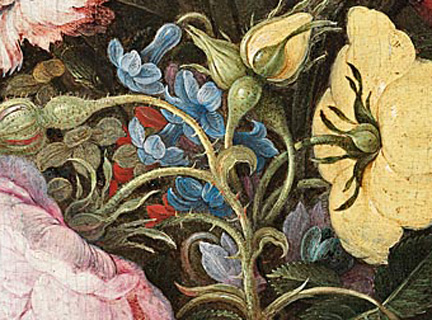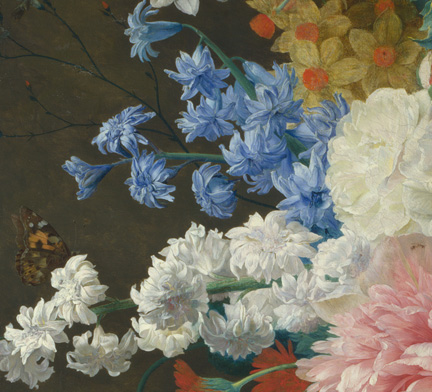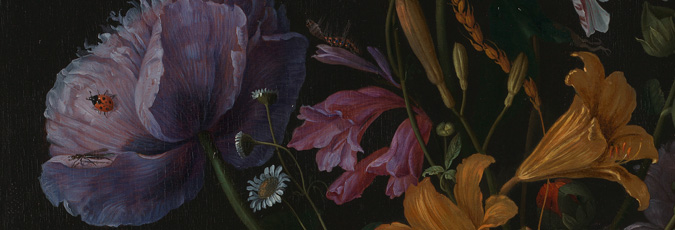Hyacinths
From antiquity, hyacinths grew wild in the eastern Mediterranean and in Asia Minor, and were prized for their deep blue colour and heady perfume. Like the tulip, hyacinths were first imported into Western Europe in the mid-16th century, but for much of the 17th century, interest in them was eclipsed by the Dutch infatuation with tulips. In 1600, the botanical garden in Leiden recorded only a few varieties of hyacinth. Most were single varieties, with a few widely spaced florets along a single stem.

The earliest double hyacinths – bearing fuller and more profuse florets – were described in 1612, but not until the end of the century did Dutch breeders start to develop them in earnest. By the early 18th century, hyacinths had surpassed tulips in popularity and were available in a range of colours, including purple, red, white, and pink. Yellow hyacinths were developed slightly later, probably in the 1760s. By the end of the century, over two thousand varieties of hyacinths were grown in the Netherlands, mostly in the area around Haarlem.

In the 1730s, a speculative trade in hyacinths threatened (not unlike the ‘tulip mania’ of the previous century) but was fortunately short-lived. Madame de Pompadour, the mistress of French King Louis XV from 1745 until her death in 1764, was a keen devotee of these fragrant blooms and her influence as a trendsetter did much to ensure their popularity. She ordered the gardens at Versailles to be planted with hundreds of Dutch hyacinths, and in the winter had them forced on glasses to fill the palace with their sweet scent.

